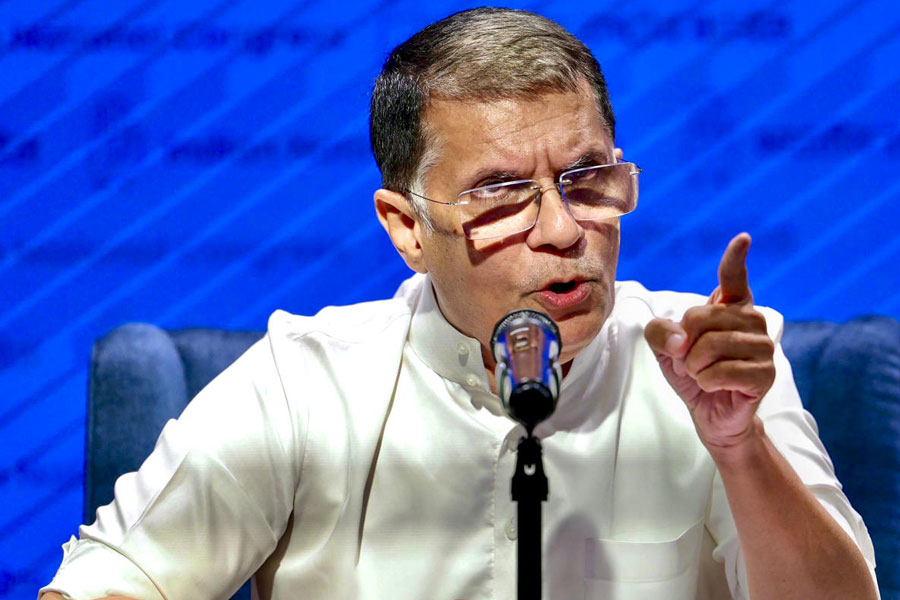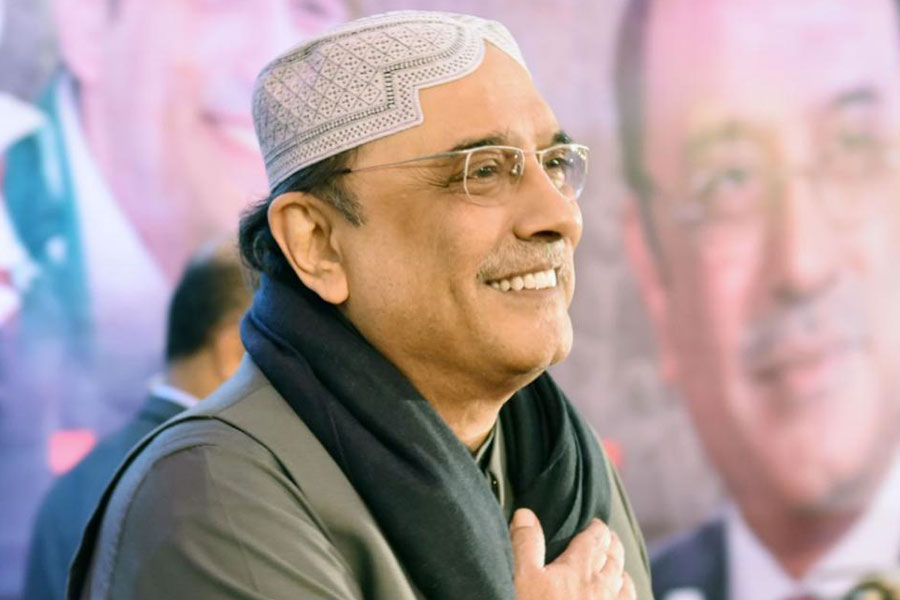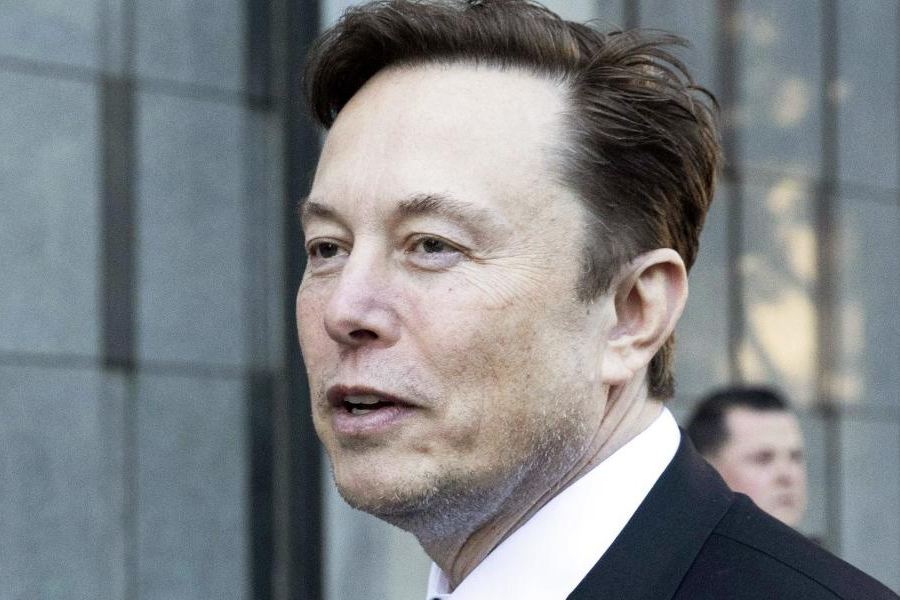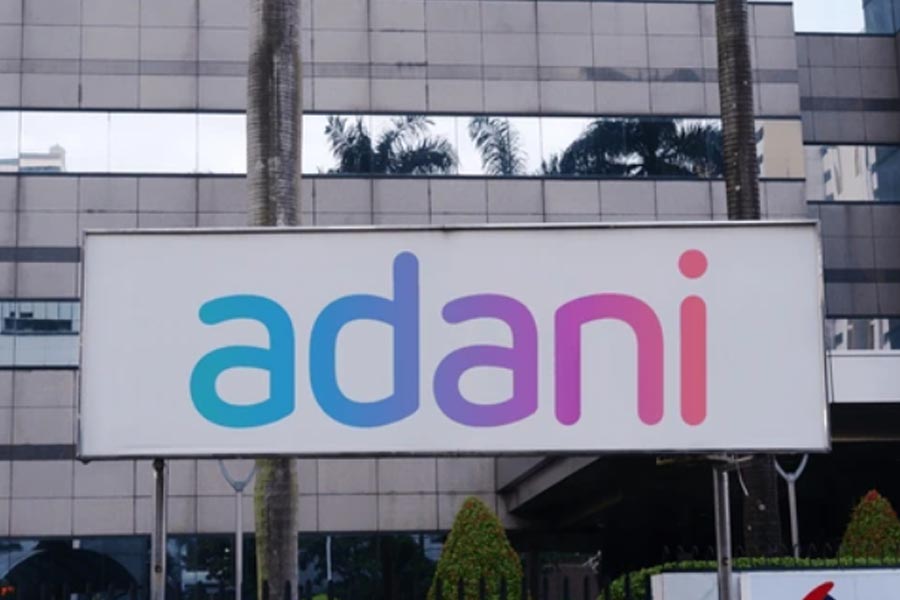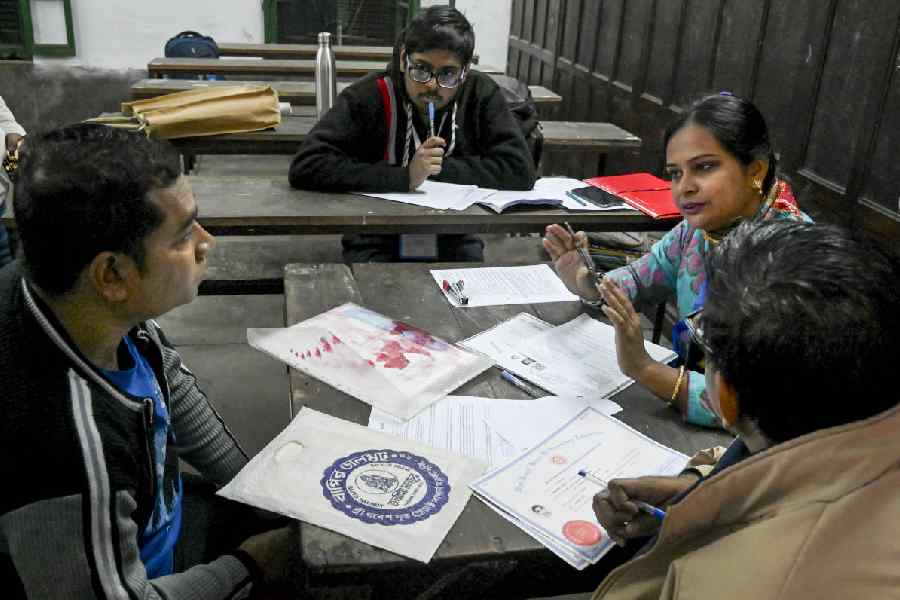There were no histrionics and no rude departures from the script. And the tweets were harmless videos of the Rashtrapati Bhavan reception and the freewheeling, typically Trumpian press conference. In short, mark down one diplomatic triumph for India. “Modi must be sleeping easy tonight,” said one analyst.
And the substantive results? Shorn of President Donald Trump’s hyperbole, they were more insubstantial. The $3-billion defence deal was already in the bag and didn’t need Trump to fly 8,000km. The trade deal is as far away as ever and even Trump kept expectations low, saying: “If the trade deal happens with India, it will be towards the end of the year.” He later added at a press conference: “We may make tremendous progress there.”
The lack of substance prompted an acerbic comment from The New York Times: “A joint public appearance by the two leaders was long on florid language about the strength of their relationship and short on concrete results.” The Business Standard observed: “Lots of chemistry but little maths.”
In fact, it prompts the basic question: Why did Trump come all this way at seeming short notice? Did months of diligent preparation take place before the visit? Or, did it suddenly happen just because Prime Minister Narendra Modi promised him a rock star reception at the world’s largest cricket ground and a photo-op in front of the Taj Mahal and Trump has an election pending.
But it may be unfair to conclude necessarily that the Trump state visit was entirely a waste of time. Possibly, it was more an effort to size each up and figure how much they could work together to counter China. The US realises that it is in a 21st-century Cold War with China as its great power rival, and India, with its over-3,000 km border with the Middle Kingdom is an obvious ally, even if our economy is misfiring and puny compared to our neighbour’s. Checks and balances is an old parlour game but it‘s useful to remember that it can only work if there is some parity in strength. Many believe the US has used Pakistan to keep India at bay. But Pakistan has a handle in Kashmir.
India has already signed a series of defence deals with the US and there’s cooperation on the seas in the India-Pacific region in the form of frequent naval exercises. India’s keen to keep the fast-growing Chinese navy at bay in the Indian Ocean and that’s why it needs help from a muscular partner like the US. In some ways, this is a return to the 20th-century Cold War era when the Americans saw India as a partner which could help encircle China.
The 36-hour visit also underlined that India has risen in the world and is now a must-visit for all US presidents. Bill Clinton, George Bush Jr and Barack Obama have all made their way here and they don’t always now bracket us with Pakistan, as was once the case. It could be that Trump’s visit was made with the looming elections in mind to attract the Indian-American vote which in 2016 was said to be 70 per cent for the Democrats. But it would be underselling ourselves to argue that US presidents only come to India in order to pick up votes at polling time.
Teaming up against China, however, is a game that must be played with the utmost care, especially for India. China’s defence spending, which is around $175 billion, is almost three times ours. What’s more, China has hemmed us in economically and militarily with its Belt and Road Initiative and the China-Pakistan Economic Corridor at one level and a string of potential naval bases in the Indian Ocean. It has also made inroads into relations with Nepal and with the Rajapaksas back in power in Sri Lanka, China will be wooing them once again.
Beyond that, however, the two leaders did get a chance to have a wide-ranging discussion that spanned a host of topics from Kashmir, Pakistan and China to Muslims and the freedom of religion. Trump, every now and then, threw out subtle hints that India must preserve its democracy and religious freedom. Said Trump: “We talked about many, many things. We talked about Iran, we talked about Iraq. You know we were together for two days.”
And if the visit was about visual effects, it was certainly a colourful triumph. The crowds cheered with more than dutiful enthusiasm as Trump took to the podium at the Motera Stadium. They let out roars as he followed a script that included references to Bollywood and cricket and Indian celebrities like Suchin (sic) Tendulkar and figures with tongue-twister names such as Swami Vivekananda. Trump had clearly got the spectacle he craved and could talk about in the months to come.

Prime Minister Narendra Modi, US President Donald Trump tries spinning a 'charkha', while First Lady Melania Trump looks on, at Sabarmati Ashram, in Ahmedabad, Monday, February 24, 2020. PTI/DD NEWS
In terms of diplomacy, India may not have got what it wanted. Trump made caustic references to trade deficits, protectionism and the duties on Harley Davidson motorbikes. But no-one expected anything to happen on those fronts anyway during this trip. Trump even mentioned there was more than one side to the Kashmir dispute – a comment which wouldn’t have surprised diplomats in Washington but raised eyebrows in Delhi.
The black cloud literally hanging over the capital during Trump’s visit, was a very different one. The rioting in North East Delhi couldn’t have been a worse advertisement for India as the great power and economy of the future. It provided an awful backdrop to the entire visit and drew sharply negative comments from the international press corps. A blaring Times, London headline said: “Donald Trump’s visit to India marred by deadly riots.” It added: “The bonhomie between the two leaders was in danger of being overtaken, however, as the city was rocked by a day of deadly protests.”
In a similar vein, the New York Times said: “New Delhi streets turn into battleground as Trump visits.” The newspaper added: “In one part of New Delhi, President Trump was sightseeing and talking about his warming relationship with Prime Minister Narendra Modi. In another, a neighborhood was ripping apart in flames, along religious lines.” All in all, a grim image of political instability and lawlessness to project to international investors and tourists when the world’s attention was trained on India.
The ghastly and deadly backdrop may have marred the show and the question remains: Was the visit necessary? Apart from electoral optics for the Indian-origin folks back in the US, there’s no satisfactory answer. Trump has told us Modi is a “great gentleman” and India’s unfair on trade. So, if that’s the case, does India have anything to offer to the Americans, aside from a shared democratic tradition and strategic military cooperation against China? While both countries want more bilateral trade, that remains a zero-sum game. Until such time as someone finds a way out of this conundrum, chemistry, and not maths, will shape India’s relations with the United States.
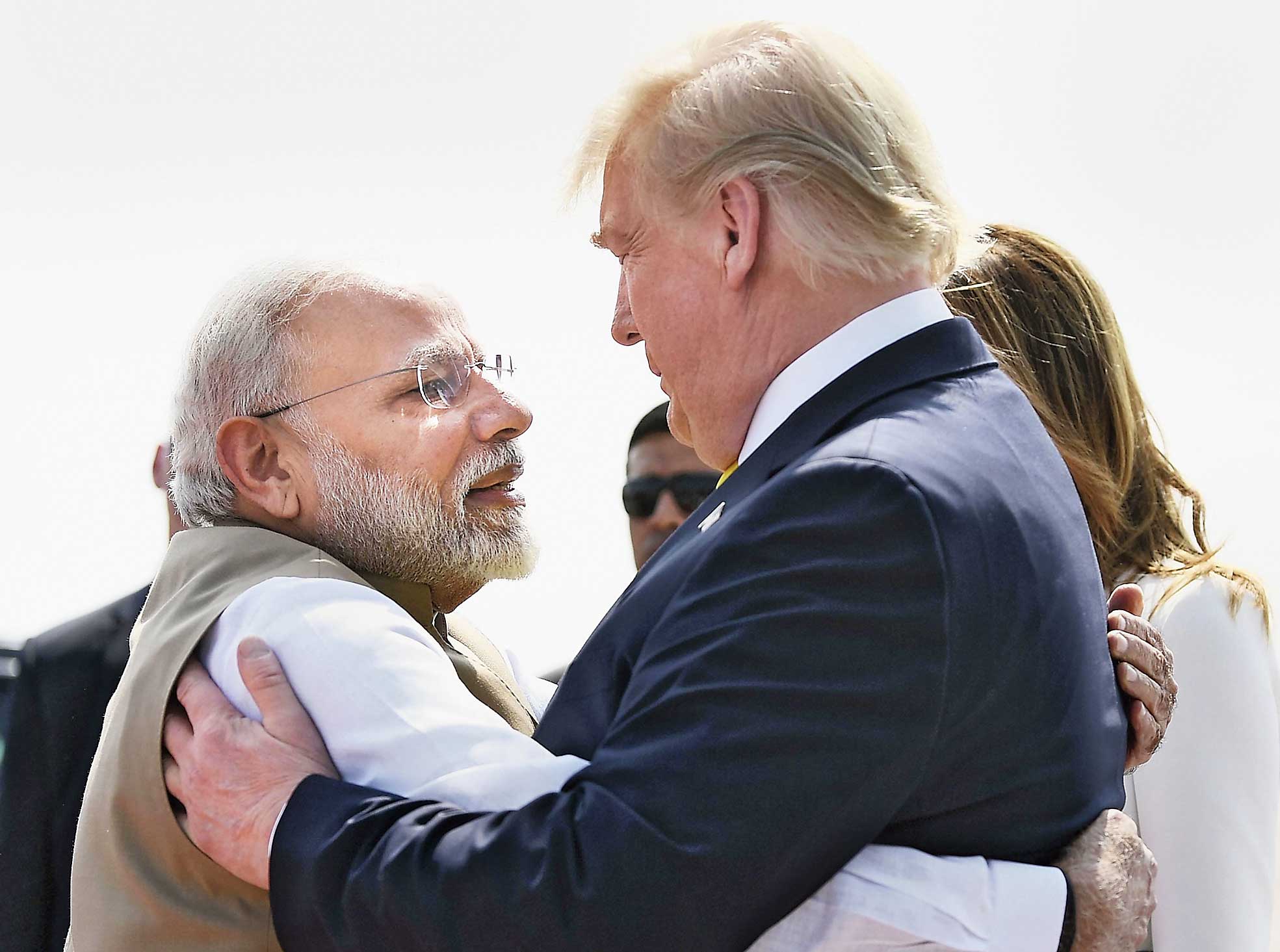
Narendra Modi greets Donald Trump at the Ahmedabad airport. (PTI)


